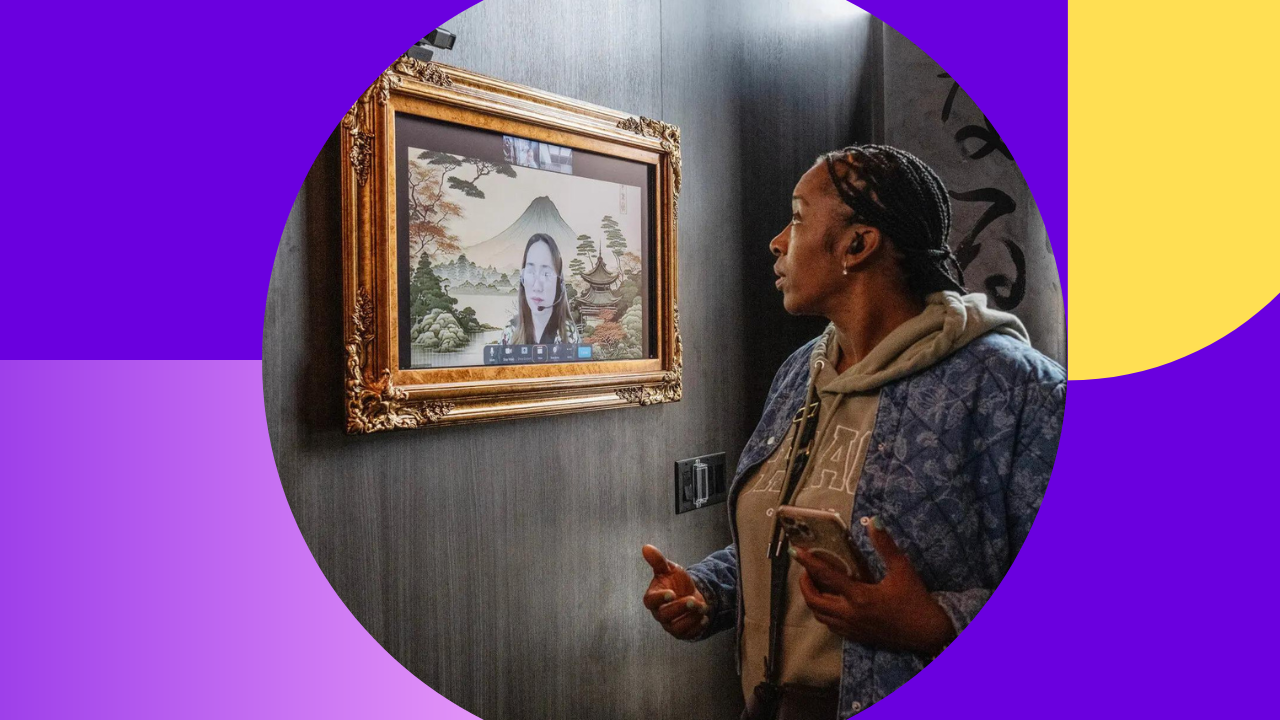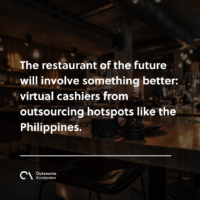The restaurant of the future
While it’s only been a few years since restaurants started using touchscreen menus and waiter bots, they may soon be outdated. The restaurant of the future will involve something better: virtual cashiers from outsourcing hotspots like the Philippines.
They have stepped foot in New York, particularly at Sansan Chicken in Long Island City, Queens. Virtual assistant company Happy Cashier provides the restaurant with 12 virtual cashiers.
This innovation was a response to rising rental rates and inflation, and it could revolutionize the restaurant industry for owners and consumers.
Tastier food
The New York-based Happy Cashier pays Filipino virtual cashiers $3 per hour — less than the city minimum of $16 — but a very competitive rate in the Philippines.
For small restaurants or those planning to enter the segment, this is a godsend. It is extremely difficult to enter an industry packed with new and old players.
Crafting a special menu or a food item takes years of research and development. Even those who have been in the industry for decades still face challenges. Some have resorted to nasty and gimmicky food just to stand out.
Outsourcing will empower restaurants—old, new, small, or big—to focus on their core competencies. Instead of the tedious chore of hiring and training staff, they can devote their resources to developing a good product and a focused menu.
Virtual cashiers will only get better
Some customers have complained about spotty reception from the virtual cashier. One virtual host claimed the restaurant does not offer coffee despite an advertisement on the door promoting the drink.
As the adage goes, Rome wasn’t built in a day. These minor errors will be fixed in due time. Outsourcing firms are used to working with firms from other industries, and soon, new tools will be introduced to enhance the restaurant experience.
A handful of restaurants use self-checkout systems or entrust robots to deliver orders to dine-in customers. In addition to the occasional food spillage, customers complain about the lack of human interaction they’re used to when eating out.
Lo and behold, offshore workers — who are used to cleaning up the mess nascent AI makes — will be there to provide that human touch.
One remote hostess said some customers ask if they’re real or robots. Guess what? They’re 100% human, offshore, and ready to serve.
Question for your business
Are virtual assistants part of your business offerings?




 Independent
Independent





















